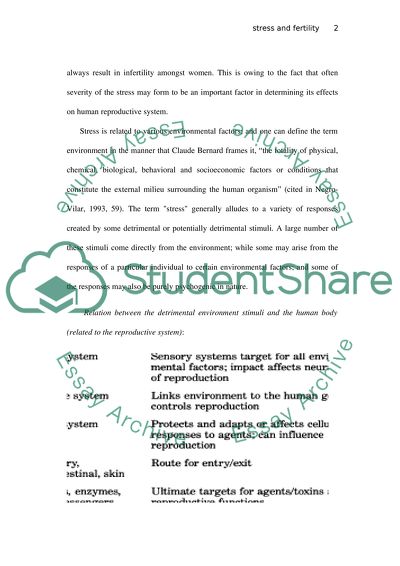Cite this document
(“How stress is related to infertility (the psychological and Research Paper”, n.d.)
Retrieved from https://studentshare.org/family-consumer-science/1407237-how-stress-is-related-to-infertility-the
Retrieved from https://studentshare.org/family-consumer-science/1407237-how-stress-is-related-to-infertility-the
(How Stress Is Related to Infertility (the Psychological and Research Paper)
https://studentshare.org/family-consumer-science/1407237-how-stress-is-related-to-infertility-the.
https://studentshare.org/family-consumer-science/1407237-how-stress-is-related-to-infertility-the.
“How Stress Is Related to Infertility (the Psychological and Research Paper”, n.d. https://studentshare.org/family-consumer-science/1407237-how-stress-is-related-to-infertility-the.


